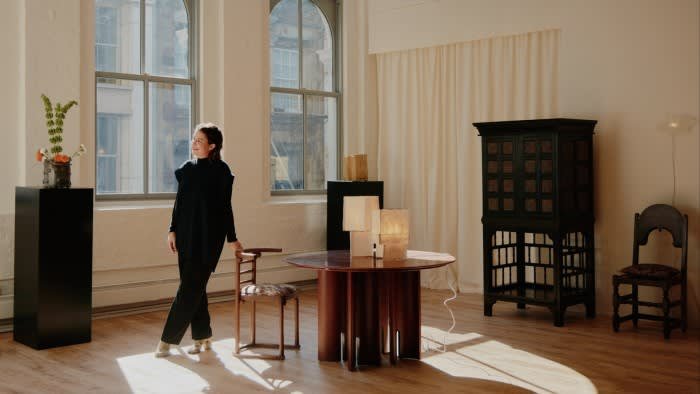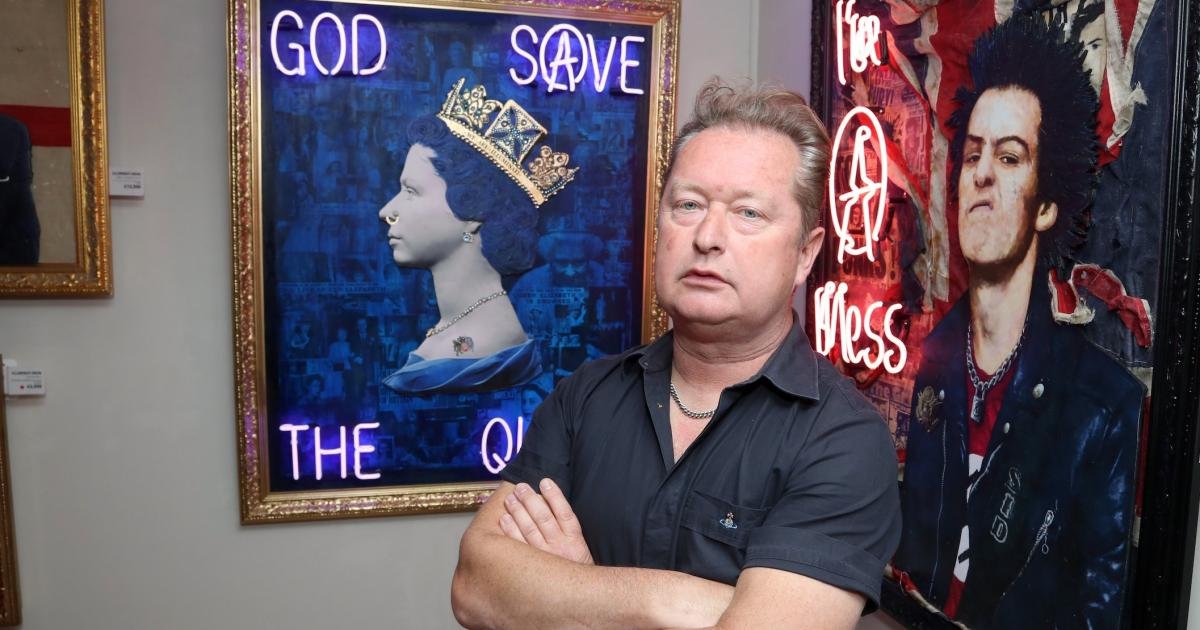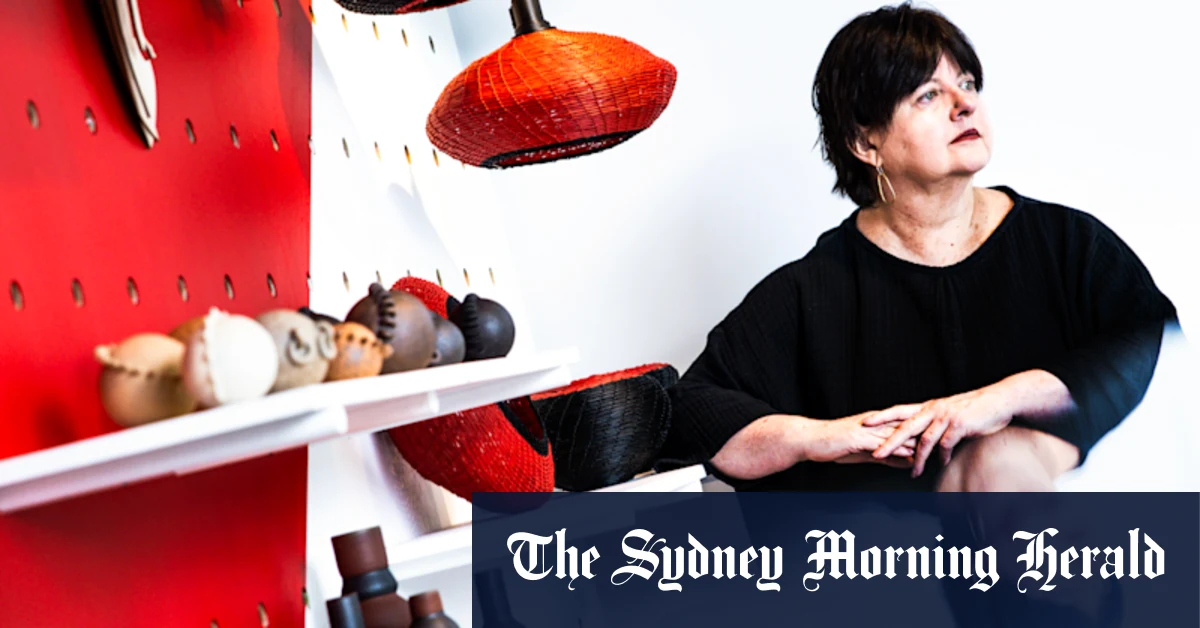Toby Ziff is waiting not so patiently in his Hampstead shop, Two Poems, for his most recent acquisition to arrive from a provincial auction house in Belgium. It’s a tall, Art Deco sculpture of a naked woman by Fernand Debonnaires, whose work is exhibited in a handful of the country’s national museums — and is the 28-year-old dealer’s biggest purchase to date.
“I couldn’t afford to buy it myself, but the beauty of this job is that I get to own these really special things at least temporarily,” Ziff says. Right now, “it feels like Christmas morning”.
He is happiest trawling the depths of Europe’s most obscure auction rooms for hidden gems. Ziff’s specialism is British studio pottery, and distinguishing work by Barbara Hepworth, Henry Moore and Ben Nicholson by decoration, form and glaze. But his tastes are broad ranging. Ziff has an eye for French and Dutch Deco, as well as Austrian Secession. He recently sold a collection of 19th-century Russian pearl caviar boxes with fine filigree feet, and will always buy Orkney chairs designed by the joiner David Kirkness to protect sitters from the Scottish isle’s brutal wind. “You just have to have blind confidence in your taste,” he says.
Ziff, also a photographer, is part of an exciting new wave of plucky young dealers who started trading on Instagram as a hobby or side hustle alongside creative practices, but whose thriving businesses have taken root.


Mario Kardana, a British-Cypriot former graphic designer who grew up visiting auctions with his father in Kent, opened his shop, M. Kardana, selling 20th-century designs on Hackney Road three years ago after first gaining traction on social media. “There are a lot of us of a similar age, who broke into it at the same time. We’re all friends,” he says. Except when “we’re fighting over stuff”.
Not far away in Hackney Downs Studios is Spazio Leone, run by Naples native Gennaro Leone. He pivoted to antiques from the music industry; he was senior curator of global bookings at the music platform Boiler Room. But, he says, “I always wanted to do something more visual”. Since purchasing his first Ettore Sottsass table in 2020, Leone has built a 500-piece collection of Italian design classics and sculptural furniture. Now “I spend most of my time sourcing for clients”, he says. “It’s almost like when I used to book DJs, really.” Recently, Yorgos Lanthimos, the Greek director of The Favourite and Poor Things, asked his team to approach Leone about working on his new film.
On a warm June day at his cavernous studio, Leone speaks passionately about the Georgian artist Mariana Chkonia’s work hanging on his whitewashed walls. Hand-woven from wool found in the mountains near her home in Tbilisi, the artist’s bold felt pieces complement a 1950s French elm daybed by Pierre Chapo; a Josef Hoffmann table from the Viennese poets’ café Fledermaus, designed in 1906; and a black table by the Italian Modernist designer Enzo Mari, whose work was recently on show at the Design Museum.


Like Leone, Jacqueline Sullivan includes contemporary artists and designers in shows at her eponymous gallery in an old textile factory in New York’s Tribeca, which she opened in September 2022 after a stint at the Whitney Museum of American Art. Many of these artists explore traditional techniques like the ones seen in the antiques she has sourced. Sitting above David Zwirner and “stalwarts of the New York City” art scene, she says it makes sense for her gallery to mix and match old gems with new talent. There is “this new generation that’s coming, so it’s a really fun and exciting place to be”.
Recently, Brooklyn-based ceramicist Natalie Weinberger exhibited glass sconces that used a method called pâte de verre, where ground glass is poured into a mould and fused into the desired shape. The technique dates back to jewellery making in ancient Rome and Egypt, but it was largely forgotten until the late 19th century in France, when it gained popularity in the Art Nouveau period. “It creates a nice conversation,” Sullivan says. “We all exist, not to sound like a hippie, but in the same design continuum.”


The dealer is interested in decorative arts from the 1400s until today. “It’s the humanity about the decorative that is really attractive to me,” she says. Her collection includes a Victorian papier-mâché and wood lacquered side chair, an 18th-century Flemish verdure tapestry, and Americana furniture: painted chests and cupboards dating back to the 1600s. She hopes to source more from the US, inspired by a recent partnership with Olde Hope Antiques, which trades in folk designs and decorative arts on the Upper East Side.
Sullivan is fascinated by what she calls “anonymous design” — unsigned pieces, particularly textiles and embroidery. “It’s very political,” she says. “Within the canon of design, you know the big names and that’s all well and good, but there are a lot of people that didn’t receive the credit that they were due.”
“The collector or curator is the one who determines the value of unsung artists,” adds Tione Trice, who has had branches of his store Of the Cloth in Crown Heights, Fort Greene and the Rockefeller Center. “As you increasingly have things in your possession that are typically behind ropes or behind glass, you start to look at museums differently” and think, “who determines that this piece needs to be in glass?”


Trice is drawn to functionality and the painstakingly crafted. He began collecting as a child, and started selling in a real way at 17. “I used to collect pottery that you could fit in a shoebox but, as a young black boy in the 1990s, I wasn’t necessarily communicating about this,” he says. He has since broadened his interests and at one point had a collection of carved wooden African antiques that spanned 30 countries.
He is keen to change the way the antiques industry operates in the US, ringfenced for a wealthy few. “A lot of people of colour come to me with archives and with things that they just don’t know what to do with,” he says. Museums are about archiving and acquiring, he says, but “they don’t necessarily give you any information”. Instead, he wants to put money in the hands of his community.


Also rebelling against the rigid antique market in his home country is artist and dealer Dai Okumura, who has run the digital platform Tatami Antiques — a collective of antique dealers across Japan — since 2015. He brings together a riotous group of self-taught specialists, including Shin Arai, a fashion designer, painter and antique dealer who sells classical wabi-sabi antiques and 1920s mingei, or “folk craft”, on the account Onen, and Ikuma Ushidaki, who trades online at Kika Titcoret and sells items dating back to the Edo period. Okumura connects dealers with global customers by translating inquiries and handling logistics.
But while social media has in many ways democratised the art of dealing, in recent years sellers such as Ziff, Kardana, Leone, Sullivan and Trice see the benefit of owning a bricks and mortar store.
French artist Marine Edith Crosta, who runs the Crosta Smith Gallery in London’s St John’s Wood with her partner, knows it’s the best way to show the high-quality materials and craftsmanship of their Deco furniture by the likes of Jean-Michel Frank, Louis Süe and André Mare. “This particular era was in between the two wars, people had a little bit more money to spend,” she says. “It was before mass production.”
Her success is hard won. “I’m coming from a working-class background,” says Crosta. “I’ve never been really surrounded by furniture like this, or luxury. But I think it’s a matter of personal taste.”
Find out about our latest stories first — follow @FTProperty on Twitter or @ft_houseandhome on Instagram







